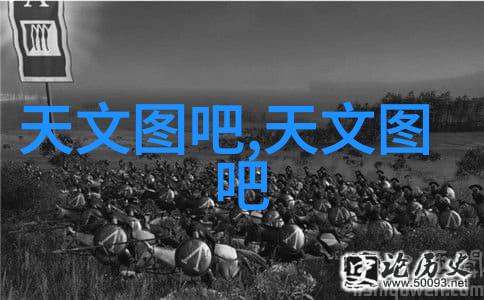
报告人:
Jing Wang got her PhD from USTC in December 2011. After that she was a postdoc at MPA, Germnay and ATNF, Australia, before taking a faculty job at KIAA, Beijing . Her main research interests are different aspects about the evolution of galaxies. Her research relies on multi-wavelength observational analysis, especially the 21 cm emission line data that probes atomic hydrogen gas. She is leading the FEASTS project, which maps the HI down to a column density of several times 1017 cm-2 in/around 100 nearby galaxies. She has been actively involved in several large HI surveys, including being a co-chair of the low-z science group of WALLABY.摘要:
We study the evolution of galaxies under the influence of enviornmental effects using latest HI image data from ASKAP WALLABY and FAST FEASTS. We focus on the gravitational effects between galaxies, and hydrodynamic effects between CGM/ICM and the ISM. We develop new parameters to quantify the strength of these effects in a way that can be conveniently compared to theoretical models. We show the prevalence and diversity of ram pressure stripping of the HI gas in the massive cluster Hydra: it can happen early but work mildly and last long. We show that in the merging group Eridanus, affected by tidal interactions low-mass galaxies shrink their HI disks outside-in but quenches their star formation inside-out. We further show that these trends do not simply add up in intermediate groups where tidal and ram pressure effect coexist and are comparable in strengths. We also show that in low-mass groups, tidal interactions do not always lead to gas depletion, but possibly the opposite.


